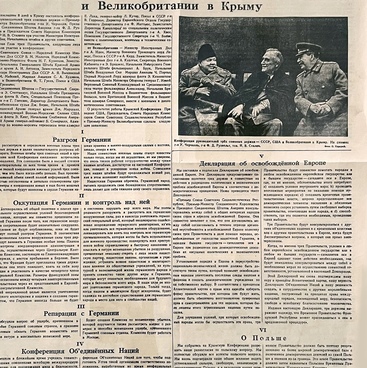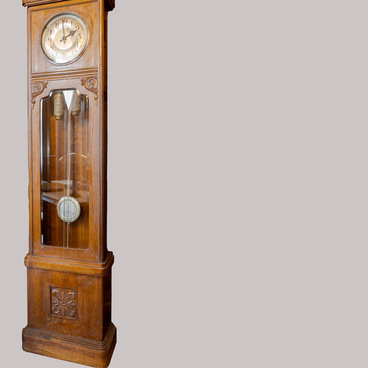The lid is decorated with floral ornaments interwoven with the coat of arms of the Romanovs and Moscow — the ancient capital. The front of the box shows portraits of the first and the last tsars of the Romanov dynasty — Mikhail Feodorovich and Nicholas II. Between them are the dates: 1613 and 1913. The back part shows portraits of emperors Peter I and Alexander II and a double-headed eagle. The sides are decorated with floral ornaments, fragments of the coat of arms of the House of Romanov and stylized lions.
The Romanov Tercentenary was a country-wide celebration of the Royal house’s reign held on February 21 (March 6), 1913 in the Russian Empire. According to the “Supreme Manifesto” of Emperor Nicholas II, the date was chosen because “on the 21st day of February 1613” boyar Mikhail Feodorovich Romanov — “closest by blood to the bygone Imperial family of Ryurik and Vladimir The Saint” — was “unanimously elected” by the Zemsky Sobor in Moscow to rule the Tsardom Of Russia. The wide-scale celebration of the anniversary began in February and ended in Moscow in the autumn of 1913.
The souvenir box was produced by the V. V. Bonaker Joint Stock Company. By the end of the 19th century, the production of confectionery packaging had reached an industrial scale. Tin packaging emerged and quickly rose to prominence when a method of applying images to tin by offset lithography was developed. The variety of shapes and colorful designs of confectionery boxes produced a rise in demand for the product among consumers. V. V. Bonaker was one of the most famous manufacturers of tinplate packaging in Russia, whose products were of great demand. They produced a great number of souvenir confectionery boxes in time for the Romanov Tercentenary.


